-
 bitcoin
bitcoin $122659.385674 USD
0.52% -
 ethereum
ethereum $4484.113342 USD
-0.09% -
 bnb
bnb $1304.229256 USD
-0.85% -
 tether
tether $1.000204 USD
-0.03% -
 xrp
xrp $2.860636 USD
-0.51% -
 solana
solana $227.288799 USD
2.36% -
 usd-coin
usd-coin $0.999805 USD
0.01% -
 dogecoin
dogecoin $0.252837 USD
1.18% -
 tron
tron $0.341149 USD
1.12% -
 cardano
cardano $0.830507 USD
0.33% -
 hyperliquid
hyperliquid $45.792319 USD
0.04% -
 chainlink
chainlink $22.422164 USD
1.55% -
 ethena-usde
ethena-usde $1.000283 USD
0.01% -
 sui
sui $3.511389 USD
0.83% -
 stellar
stellar $0.385276 USD
-0.44%
blockchain without proof of work
Proof-of-stake (PoS) blockchains, like Ethereum 2.0, utilize validators based on coin holdings, offering faster transactions and energy efficiency compared to proof-of-work systems.
Oct 18, 2024 at 06:05 am

In the world of blockchain technology, the concept of proof-of-work (PoW) plays a significant role. However, there are also alternative blockchain designs that do not rely on PoW, offering unique advantages and differentiations. This article aims to provide an overview of blockchain platforms that have successfully implemented proof-of-work-free consensus mechanisms.
1. Proof-of-Stake (PoS)- Concept: PoS is a consensus mechanism where validators are chosen based on the number of coins they hold. The more coins a validator holds, the higher the probability of being selected to validate new blocks and earn block rewards.
- Key Features:
- Increased energy efficiency compared to PoW
- Typically faster transaction processing
- Potential for more centralized network control
- Notable Implementations: Ethereum 2.0, Solana, Polkadot
- Concept: PoA is a consensus mechanism where validators are pre-selected and given the authority to validate new blocks. These validators are typically trusted entities or entities with a strong reputation.
- Key Features:
- High transaction throughput
- Reduced latency for transactions
- Limited decentralization as validators are known entities
- Notable Implementations: Ripple, Hyperledger Fabric, Stellar
- Concept: DPoS is a variation of PoS where token holders elect a limited number of delegates responsible for validating new blocks. These delegates are accountable to the token holders and can be voted out if they do not perform adequately.
- Key Features:
- High transaction throughput and low latency
- More centralized compared to other consensus mechanisms
- Potential for collusion among delegates
- Notable Implementations: EOS, TRON, Steem
- Concept: PoC is a consensus mechanism where miners use specialized storage devices to solve complex puzzles. The miner with the most storage capacity is more likely to solve the puzzle and produce the next block.
- Key Features:
- Energy-efficient compared to PoW
- Requires less specialized hardware
- May lead to slower network performance
- Notable Implementations: Chia, Burst, Storj
- Concept: PoB is a consensus mechanism where miners intentionally destroy their own cryptocurrency to demonstrate their commitment to the network. The more cryptocurrency a miner burns, the higher their chance of finding the next block.
- Key Features:
- Reduces the circulating supply of the cryptocurrency
- Can promote long-term network stability
- May discourage miners from joining the network
- Notable Implementations: Slimcoin, Counterparty, BitShares
Proof-of-work-free blockchain platforms offer unique advantages compared to PoW-based systems, including energy efficiency, increased transaction throughput, and reduced latency. However, it is important to consider the trade-offs, such as potential centralization and the specific use cases for which each consensus mechanism is well-suited. With continued research and development, it is likely that we will see further advancements in blockchain consensus mechanisms and the emergence of new innovative solutions.
Disclaimer:info@kdj.com
The information provided is not trading advice. kdj.com does not assume any responsibility for any investments made based on the information provided in this article. Cryptocurrencies are highly volatile and it is highly recommended that you invest with caution after thorough research!
If you believe that the content used on this website infringes your copyright, please contact us immediately (info@kdj.com) and we will delete it promptly.
- Trump Coin ETF, DTCC Listing, TRPC Ticker: A New Era for Political Meme Coins?
- 2025-10-09 11:40:03
- NYSE, Polymarket, and MAGACOIN: Wall Street Bets on Web3, Retail Traders Follow Suit
- 2025-10-09 11:40:03
- Crypto Clash: Unpacking the Mercury Funds Token Dispute
- 2025-10-09 11:40:03
- FLOKI, MoonBull, and the Meme Coin Mania: What's the Hype?
- 2025-10-09 11:40:14
- Nobel Peace Prize, 2025: Trump's Chances, Facts, and Circumstances
- 2025-10-09 11:40:14
- Stellar (XLM): Bull Target in Sight After Long-Term Breakout?
- 2025-10-09 11:45:13
Related knowledge

What is a token economy?
Sep 20,2025 at 12:18am
Understanding the Foundations of a Token Economy1. A token economy in the context of cryptocurrency refers to a system where digital tokens are used a...
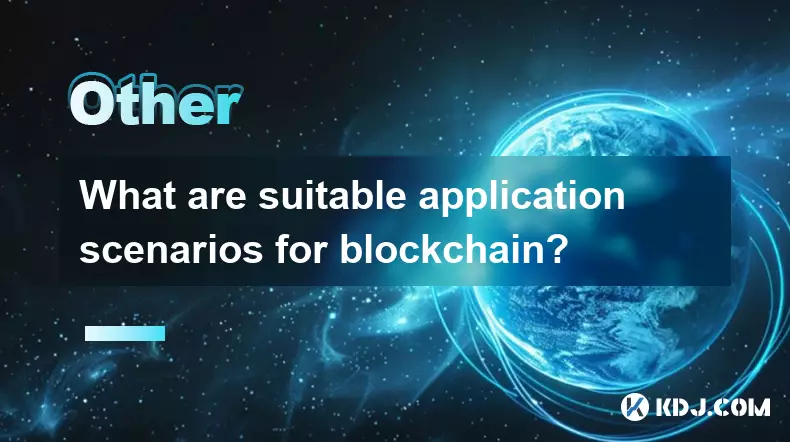
What are suitable application scenarios for blockchain?
Sep 20,2025 at 03:19am
Decentralized Finance (DeFi) Platforms1. Blockchain enables the creation of financial services without centralized intermediaries, allowing users to l...
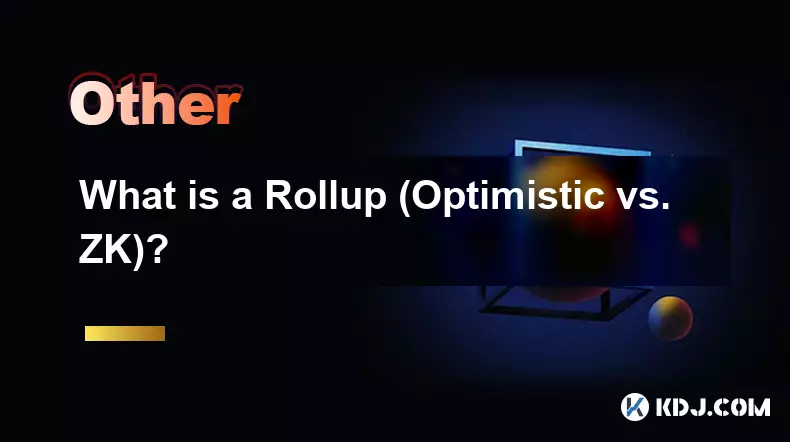
What is a Rollup (Optimistic vs. ZK)?
Sep 22,2025 at 03:00pm
Understanding Rollups in Blockchain Technology1. Rollups are layer-2 scaling solutions designed to increase transaction throughput on blockchains like...
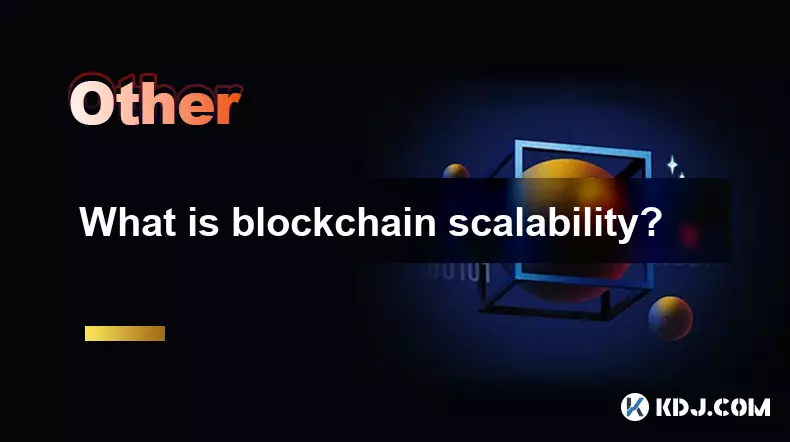
What is blockchain scalability?
Sep 19,2025 at 06:18am
Understanding Blockchain Scalability1. Blockchain scalability refers to a network's ability to handle an increasing number of transactions without com...
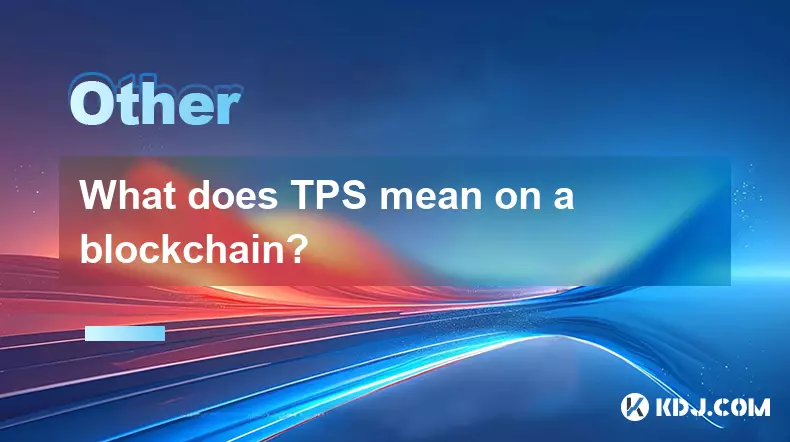
What does TPS mean on a blockchain?
Sep 21,2025 at 09:54am
Understanding TPS in Blockchain Technology1. TPS stands for Transactions Per Second, a metric used to measure the number of transactions a blockchain ...
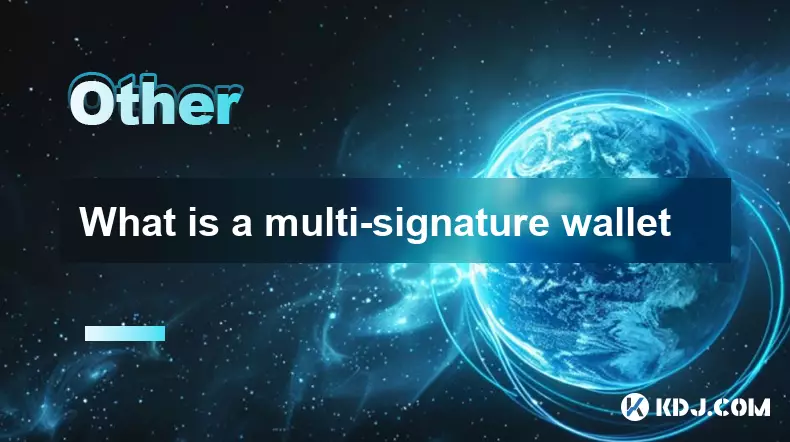
What is a multi-signature wallet
Sep 20,2025 at 07:00am
Understanding Multi-Signature Wallets in Cryptocurrency1. A multi-signature wallet, often referred to as a multisig wallet, is a type of cryptocurrenc...

What is a token economy?
Sep 20,2025 at 12:18am
Understanding the Foundations of a Token Economy1. A token economy in the context of cryptocurrency refers to a system where digital tokens are used a...

What are suitable application scenarios for blockchain?
Sep 20,2025 at 03:19am
Decentralized Finance (DeFi) Platforms1. Blockchain enables the creation of financial services without centralized intermediaries, allowing users to l...

What is a Rollup (Optimistic vs. ZK)?
Sep 22,2025 at 03:00pm
Understanding Rollups in Blockchain Technology1. Rollups are layer-2 scaling solutions designed to increase transaction throughput on blockchains like...

What is blockchain scalability?
Sep 19,2025 at 06:18am
Understanding Blockchain Scalability1. Blockchain scalability refers to a network's ability to handle an increasing number of transactions without com...

What does TPS mean on a blockchain?
Sep 21,2025 at 09:54am
Understanding TPS in Blockchain Technology1. TPS stands for Transactions Per Second, a metric used to measure the number of transactions a blockchain ...

What is a multi-signature wallet
Sep 20,2025 at 07:00am
Understanding Multi-Signature Wallets in Cryptocurrency1. A multi-signature wallet, often referred to as a multisig wallet, is a type of cryptocurrenc...
See all articles










































































